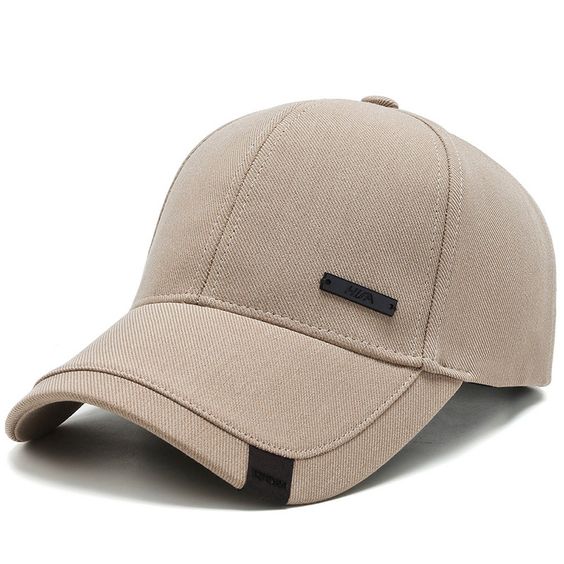Navigating the Rules: Understanding Regulations and Guidelines for Sports Caps in Various Athletic Pursuits
2024-01-03
Introduction:
In the dynamic world of sports, every piece of equipment, including attire, is subject to scrutiny and adherence to regulations. The use of sports caps, a ubiquitous accessory in many athletic disciplines, is no exception. As athletes aim for peak performance, understanding the specific rules governing the use of sports caps becomes crucial. In this blog, we explore whether there are regulations or guidelines regarding the use of sports caps in certain sports.
1. Cricket:
In the gentleman's game of cricket, regulations exist concerning the type of headgear players can use. While traditional caps are a common sight, modern cricket also sees the use of specialized helmets that adhere to stringent safety standards. These helmets are designed to protect players from fast-paced deliveries and conform to guidelines set by cricket boards and international cricket governing bodies.
2. Baseball:
Baseball, often hailed as America's pastime, has specific guidelines for the design and use of caps. Baseball caps are an integral part of the uniform and typically feature the team logo. However, regulations focus more on aesthetic aspects rather than performance-related features. The cap's design must comply with the team's specifications, and any alterations may require approval from the league.
3. Tennis:
Tennis, with its tradition-rich tournaments, imposes regulations on player attire, including headgear. While there might not be strict guidelines regarding the design of sports caps, there are often rules pertaining to logos and sponsors. Players are expected to adhere to the dress code outlined by tournaments such as Wimbledon, which emphasizes a classic and professional appearance.
4. Soccer/Football:
In the world's most popular sport, soccer (football), regulations extend to player attire, including headgear. Soccer caps are not a standard part of the uniform, but players may wear them for sun protection or other reasons. FIFA, the international governing body for soccer, provides guidelines on uniforms, including headgear, ensuring a standardized and professional appearance.
5. Golf:
Golf, known for its decorum and etiquette, has guidelines regarding player attire, including headwear. While not explicitly focused on sports caps, the dress code in golf emphasizes a neat and professional appearance. Golfers are expected to adhere to the rules of the specific golf course or tournament regarding headgear.
6. Basketball:
In the fast-paced world of basketball, there are typically no strict regulations regarding sports caps as part of the uniform. However, the NBA and other basketball leagues may have guidelines on player accessories, including headwear. The focus is often on safety and avoiding any potential distractions during gameplay.
7. Athletics/Track and Field:
Track and field events generally have guidelines for athlete attire, which may include headgear. While not explicitly focused on sports caps, the rules aim to ensure fair competition and may specify aspects such as logo placement and uniform color.
8. Cycling:
In cycling, especially in competitive road racing, athletes often wear specialized cycling caps. These caps, while not heavily regulated, are designed for aerodynamics and sun protection. Cycling governing bodies may have guidelines on the design and features of these caps.
Conclusion:
While sports caps might not be subject to as many regulations as other aspects of sports attire, there are still guidelines in place across various athletic pursuits. These guidelines often focus on maintaining a professional appearance, ensuring safety, and preventing any potential distractions. Athletes, coaches, and teams are expected to adhere to these regulations to uphold the integrity and standards of their respective sports. As sports continue to evolve, so too may the guidelines regarding the use of sports caps in different athletic disciplines.



